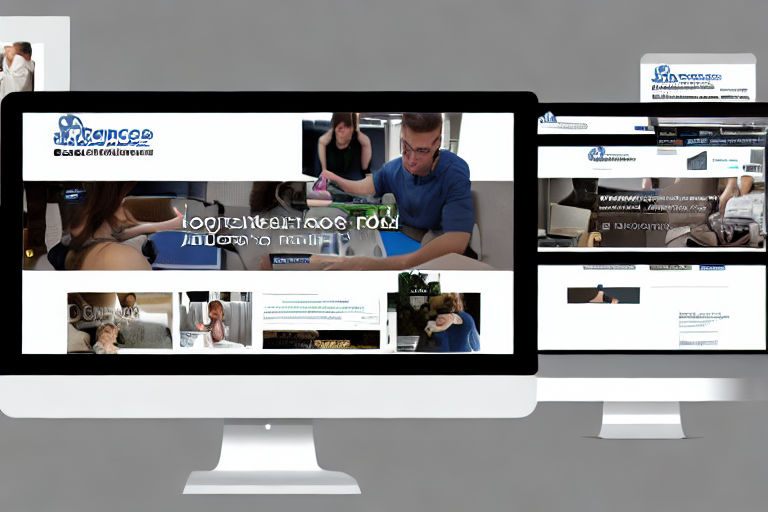10 Creative Ways to Use Event Handling for a Better User Experience on Your Website
Event handling is an important concept in web development. It's the process of defining and calling custom functions in response to user actions such as clicks, hovers, and scrolls. Event handling is crucial because it can significantly improve the user experience on your website. Here are ten creative ways you can use event handling to enhance your website:
- Add a hover effect to images: You can use the "onmouseover" event to add a hover effect to images. For example, you can change the image's border, add a shadow, or show a caption when a user hovers over it.
- Implement infinite scrolling: Infinite scrolling allows users to load new content on your site without refreshing the page. You can use the "onscroll" event to trigger the loading of new content as the user scrolls down the page.
- Show a tooltip: Tooltips are small popup boxes that provide additional information when a user hovers over an element. You can use the "onmouseover" event to display a tooltip when a user hovers over an element.
- Display a popup: You can use event handling to display a popup when a user clicks on an element. This could be an important message, a confirmation dialog, or a sign-up form, among other things.
- Implement drag and drop: You can use the "ondragstart," "ondragover," and "ondrop" events to enable drag and drop functionality on your website. This is useful in scenarios where users need to rearrange content, upload files, or move items between lists.
- Auto-complete input fields: You can use the "onkeyup" event to provide auto-complete suggestions on input fields as users type. This can help users complete forms faster and with fewer errors.
- Enable keyboard shortcuts: You can use event handling to define keyboard shortcuts on your website. For example, you can allow users to press "Ctrl+S" to save content, or "Ctrl+F" to search for a specific term on the page.
- Show and hide elements: You can use event handling to show and hide elements on your website based on user actions. For example, you can show a password field when a user clicks on a "Forgot Password" link, or hide a navigation menu when a user clicks outside of it.
- Implement animations: You can use event handling to trigger animations on your website. For example, you can use the "onload" event to animate an element in when a page loads, or the "onresize" event to animate an element when the user changes the window size.
- Track user interactions: You can use event handling to track user interactions on your website. This can help you understand user behavior and optimize your site accordingly. For example, you can use the "onclick" event to track how many users click on a specific link or button.
Conclusion:
Event handling is a powerful tool that can significantly improve the user experience on your website. By implementing the ten creative ways we've discussed in this article, you can make your website more interactive, engaging, and user-friendly.



